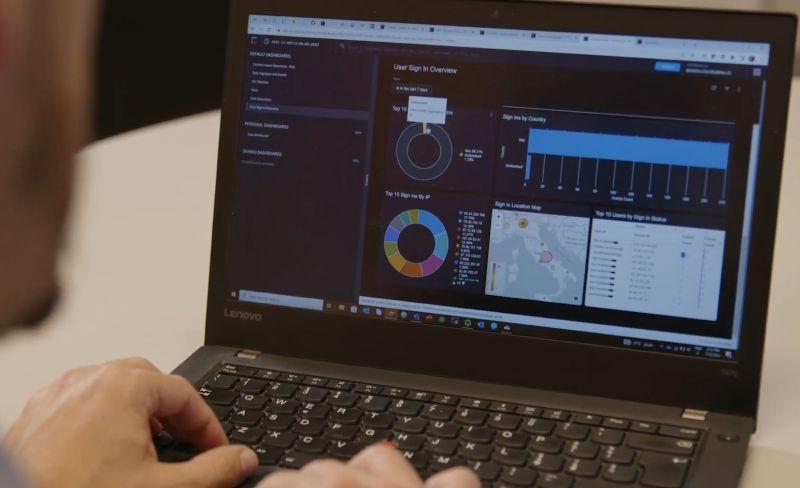CUBO Building
CUBO Building is an offering tailored to meet the needs of any type of customer from Large, Medium, and Small Businesses. It is a block construction, like bricks.
The goal is to provide, after an analysis of needs and IT infrastructure, the most suitable and complementary tools for perfecting Information Security, designed and created in collaboration with your Company.
The concept behind our Managed Service is that of BYOT (Bring Your Own Technology) which allows you to enhance every technological tool already present in your Business Asset.

Here is the list of our Services, through which we can build your ad hoc Defense:

SOS Cyber Attack
The service includes the definition and construction of the Cybersecurity Crisis Management Plan (CCMP) and 24/7 operational intervention. Assistance is provided by qualified personnel specialised in managing cyber emergencies, available either on-site or remotely, depending on the severity and nature of the incident.

XDR Extended Detection and Response
XDR is a security solution that extends and integrates threat detection and response capabilities beyond traditional endpoints to include networks, cloud, and email. This technology uses advanced data analytics and artificial intelligence to provide comprehensive visibility and improve the ability to prevent, detect, and respond to cyber threats in a more effective and coordinated manner;


NDR Network Detection and Response
NDR is a security technology that focuses on monitoring network traffic and detecting suspicious behavior or anomalies that could show the presence of malware. This tool continuously analyzes data traffic traversing the network, using advanced algorithms and artificial intelligence to show potentially dangerous activities, such as intrusions, malware spread through the network, or data exfiltration attempts;

CYBER SECURITY AWARENESS
Activities and training courses on proper Safety Posture and Best Practices for company personnel on behaviors in the use of computer and network tools;


MAIL ATTACK SIMULATION
A simulated e-mail attack is a security practice in which an organization sends e-mails simulating phishing techniques or other forms of cyber-attacks to its employees to test their awareness and preparedness. The goal is to assess employees’ ability to recognize and respond correctly to email deception attempts, thereby reducing the risk of real security incidents;

VM Vulnerability Management
Vulnerability Management is a proactive process of identifying, classifying, prioritizing, remediating, and mitigating vulnerabilities within an organization’s information systems;


VA Vulnerability Assessment
The VA is a security service that performs periodic scans by finding vulnerabilities in computer systems. An ongoing process that ensures timely warning and constant protection;

PEN TEST Penetration Test
PEN TEST is a targeted attack simulation designed to exploit vulnerabilities to assess the actual resilience of the system against cyber-attacks. Pen tests are often conducted manually by experts who adopt the perspective of a potential attacker, trying to infiltrate and “penetrate” system defenses using any vulnerabilities found during the assessment or other techniques;


INFRASTRUCTURE HONEYPOT
Honeypot is a cyber security service based on a digital trap that appears to be a legitimate part of an organization’s infrastructure but is isolated and closely watched. It allows ongoing intrusions to be investigated and neutralized on a vulnerability created ad hoc to attract hackers and trigger a false-positive-free alert;

Cyber Threat Intelligence
The CTI is an advanced radar on the Dark Web that constantly monitors the threat landscape and finds new modes of cyber break-ins. It also contributes to the constant updating of defense systems;


ATTACK SURFACE MANAGEMENT
Attack Surface Management is an ongoing process that organizations use to show, catalog, and watch all exposed IT assets, both internal and external, that could be exploited by an attacker. This includes servers, mobile devices, web applications, APIs, and any other entry points that might be publicly accessible.
Schedule a meeting
The CUBO Building solution starts with a free consultation to assess the suitability of this solution for the client concerned.
Having assessed suitability, we go ahead with these steps:
- First appointment to get to know the infrastructure and the client’s needs;
- Presentation of the technical-economic offer;
- Evaluation by the customer;
- Possible modifications to the proposed solution;
- Implementation and activation of the shared ad hoc solution.
